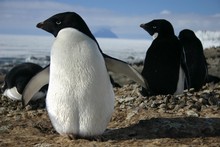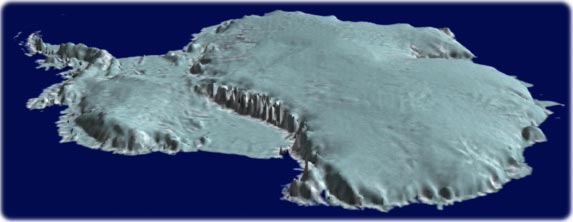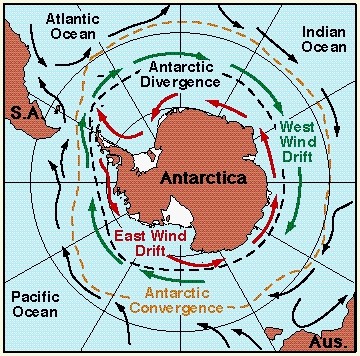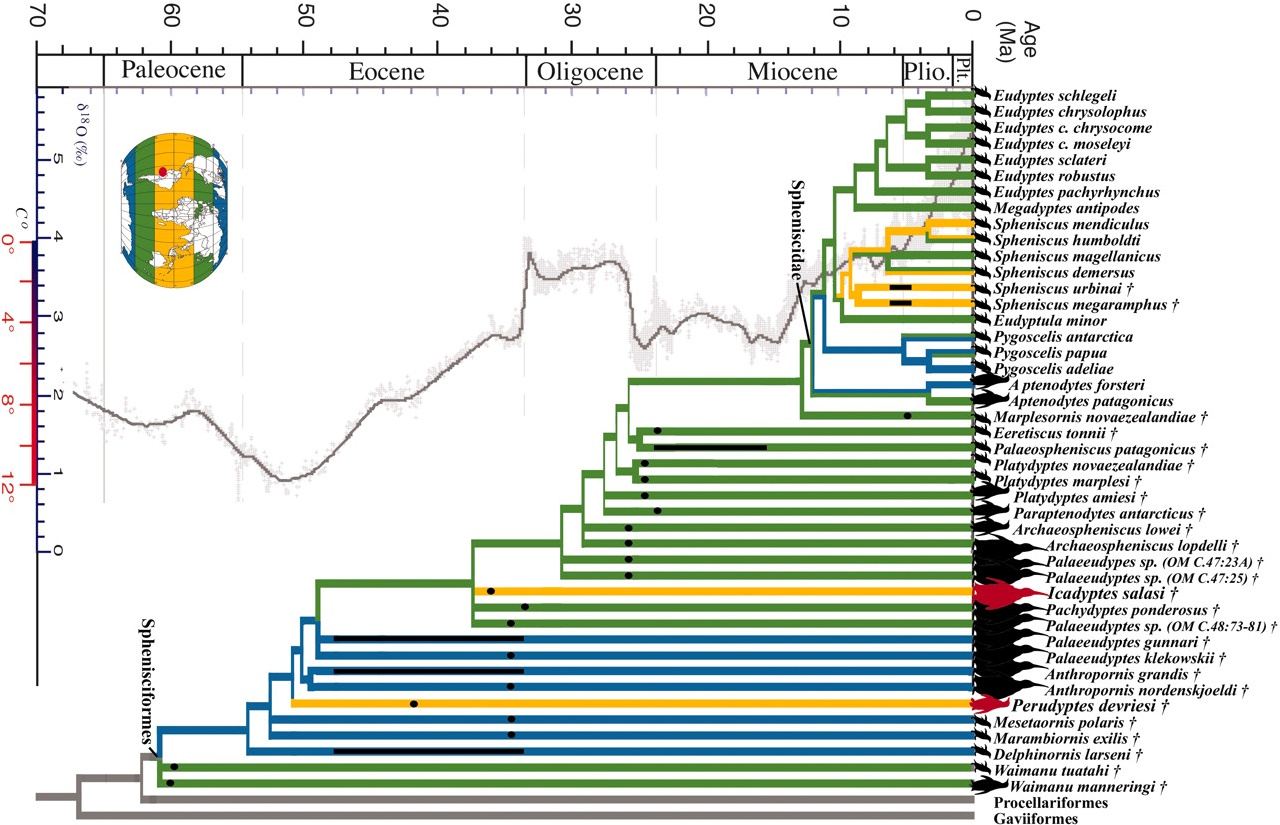Dino-Chicken: Wacky But Serious Science Idea of 2011
Stephanie Pappas, LiveScience Senior Writer
Date: 27 December 2011

|
Evolution in reverse: Could this chicken become a dinosaur?
CREDIT: sanddebeautheil, Shutterstock
|
Paleontologist Jack Horner has always been a bit of an iconoclast. In
the 1970s, Horner, the curator of paleontology at the Museum of the
Rockies in Bozeman, Mont., and his friend Bob Makela discovered a
Maiasaura nesting site, painting the first picture of dinosaurs as
doting moms and dads. He's also been at the forefront of research
suggesting that dinosaurs were fast growing and warm-blooded.
But Horner's newest idea takes iconoclasm to a new level. He wants, in short, to hatch a dinosaur.
Or something very much like one, at least. Horner, who served as a
technical advisor for the "Jurassic Park" movies, has no illusions that
the technique in that movie — extracting dino DNA from mosquitoes in
amber — would work. DNA degrades too quickly, for one thing. Dinosaur DNA has proved impossible to extract from actual dinosaur bones, never mind blood-sucking insects.
"If you actually had a piece of amber and it had an insect in it, and
you drilled into it, and you got something out of that insect and you
cloned it, and you did it over and over and over again, you'd have a
room full of mosquitoes," Horner said in a February 2011 TED Talk in
Long Beach, Calif. TED, or Technology, Entertainment and Design, is a
nonprofit focusing on "ideas worth spreading."
So Horner has another idea: Use the living dinosaurs among us
to recreate creatures dead for millions of years. Anyone who's seen
"Jurassic Park" knows that birds are dinosaurs, part of the evolutionary
line containing those toothy Velociraptors.
What's less known is that organisms carry their evolutionary history
with them. Human embryos, for example, have temporary tails, which are
absorbed by the body during development. Rarely, babies are born with
vestigial tails, the result of scrambled genetic processes that prevent
the tail from getting re-absorbed. These evolutionary remnants are
called atavisms.
Enough atavisms have been discovered in birds to make the idea of
"reverse-engineering" a dinosaur out of, say, a chicken possible, Horner
says. You wouldn't be adding anything to the bird to make it more
dinosaurlike; all the ingredients are in its DNA. Horner's goal is to
figure out how to wake up those ingredients.
LiveScience talked with Horner about his "chickenosaurus" plan and what sort of dinosaur he'd like to keep as a pet.
LiveScience: What was the genesis of this chickenosaurus idea?
Horner: Knowing that birds descended from dinosaurs and knowing the
changes that occur from dinosaurs to birds, we know that the changes
that did occur occurred because of genetics.
A friend of mine, Hans Larsson at McGill University, was studying some
of these changes and looking into how it was that dinosaurs lost their
tails in the transformation from dinosaurs to birds. They also
transformed their arms from a hand and an arm to a wing. I got to
thinking, if he discovered the genes that were responsible for both of
those transformations, we could just simply reverse evolution and reactivate the tail, and possibly make a hand back out of the wing.
And then what we would have by doing those two things, you'd actually
take a bird and turn it into an animal that looked a lot like one of the
meat-eating dinosaurs. It seemed like a good idea.
LiveScience: What kind of animal would chickenosaurus be?
Horner: It's still a chicken. It's a modified chicken. You'd really have to mess with the DNA to make it something different.
The most important thing is that you cannot activate an ancestral
characteristic unless the animal has ancestors. So if we can do this, it
definitely shows that evolution works.
LiveScience: You've mentioned in the past that you see this
dino-chicken as a teaching tool to help people understand evolution. Do
you see that working?
Horner: Of course. You bet. There are people who are misinformed, and
there are people who are uninformed [about the validity of evolution].
If people are uninformed, this will probably get through to them. If
they've been misinformed and don't mind being misinformed, then they
probably will continue to be misinformed.
LiveScience: Either way, it'd be a pretty awesome thing to take into a classroom.
Horner: Yes, it would. Exactly.
LiveScience: Starting with a chicken, how close could we really get to what a dinosaur looked like?
Horner: We're working with an animal that has all the right stuff. It's
more about subtle changes, adding a tail or fixing a hand or possibly
adding teeth, what we would think of as being relatively simple changes
rather than messing with physiology or something like that.
A bird is really a dinosaur, so we're pretty sure that the breathing
apparatus of a bird evolved from the breathing apparatus of a dinosaur,
and is therefore completely different than a mammal. The physiology of a
bird is evolved from a dinosaur and not from a mammal, so it's not like
we're trying to take a mammal and turn it into a dinosaur.
LiveScience: Would chickenosaurus teach us anything about dinosaurs we can't learn from fossils?
Horner: It's not really about understanding dinosaurs at all. Once we
learn what certain genes do and how to turn them on and turn them off,
then we have great potential of solving some medical mysteries.
There are a lot of ways to think about this, but it's not really about
dinosaurs other than solving Hans Larsson's problem of figuring out how
birds lost their tails. [
Tales of 10 Vestigial Limbs]
LiveScience: What do you see as the biggest challenge of making chickenosaurus happen?
Horner: The biggest challenge, first off, is to find the genes. We know
that in the development of a tail, there are a variety of things that
have to happen, so there are a couple of ways to possibly go about this.
One, as we know, when a chicken embryo is developing in the egg, just
like basically all animals, the embryo actually for a time has a tail
and then the trail re-absorbs. So if we could find the gene that
re-absorbs the tail and not allow that gene to turn on then we could
potentially hatch a chicken with a tail.
The other method would be simply to go in and discover what Hox genes
[the genes that determine the structure of an organism] might be
responsible for actually adding tail vertebrae, and then to see if we
could add some, either by manipulating the Hox genes or by using
temperature. There have been some experiments done showing that adding
heat will add a vertebra here or there.
LiveScience: Where are you in this process now?
Horner: Right now, mostly I'm looking for a postdoctoral researcher. An
adventurous postdoc who knows a lot about developmental biology and a
little bit about birds and has done some work about chickens to work in
our lab here in Bozeman.
Me, I just go through the literature, looking for anything that might
give me a clue as to what genes might be responsible for tail absorption
or tail growth or something that might help me with hands.
LiveScience: The comparisons to "Jurassic Park" are easy to
make, but have you ever seen the movie "The Birds?" Do we really want
chickens with extra teeth and claws running around?
Horner: You can't really compare it to either movie. First off, you can
go out in the Serengeti and there are all kinds of animals that will
eat you, but if you're driving around in your Jeep, you're just fine.
The lions and cheetahs and leopards are not going to try to get into
your Jeep when there are plenty of plant-eaters out there to eat that
aren't inside of a metal cage.
That's the funny thing about "Jurassic Park," right? All these dinosaurs want to eat people no matter how hard they are to get.
So we don't have to worry about "Jurassic Park," because that's just
fiction. Animals don't act that way. They're not vengeful. And birds
aren't vengeful either.
LiveScience: So if you could bring a dinosaur back — the real thing, not a modified chicken — what species would you choose?
Horner: A little one. A little plant-eater.
LiveScience: No T. rex for you?
Horner: Would you make something that would turn around and eat you?
Sixth-graders would do that, but I'd just as soon make something that
wouldn't eat me. And you could have it as a pet without worrying about
it eating the rest of your pets.
source
Source:
LiveScience




















 Enlarge
Enlarge







 A feather from the late Cretaceous is trapped in amber.
A feather from the late Cretaceous is trapped in amber. 













